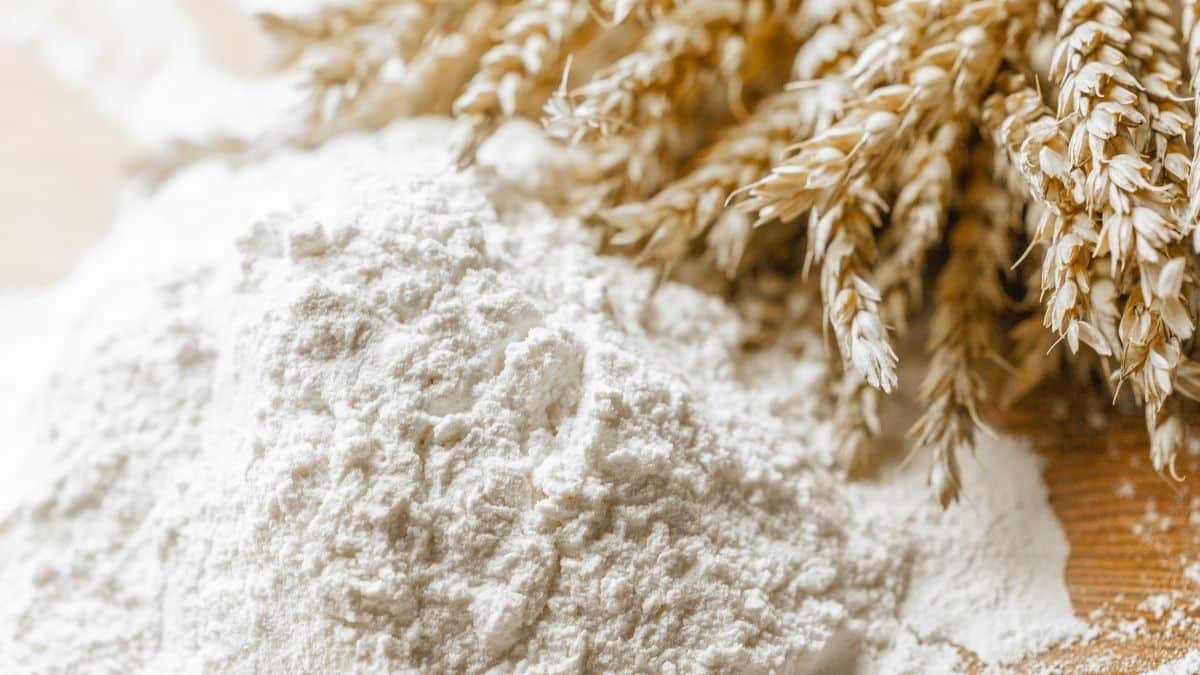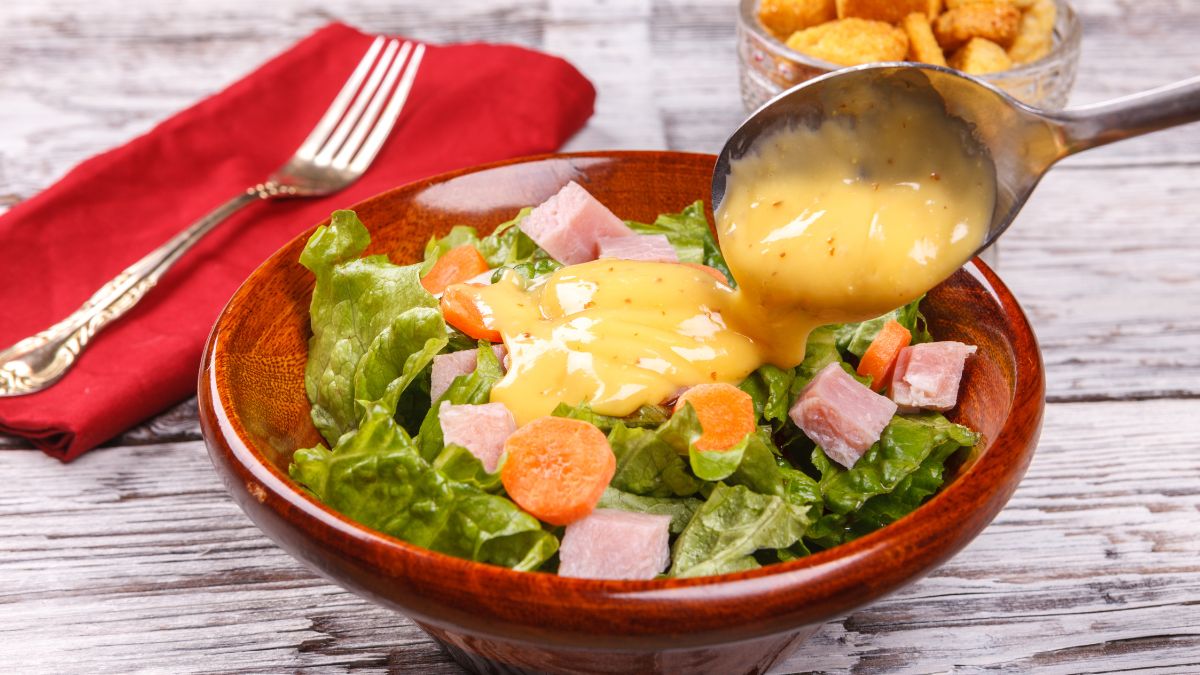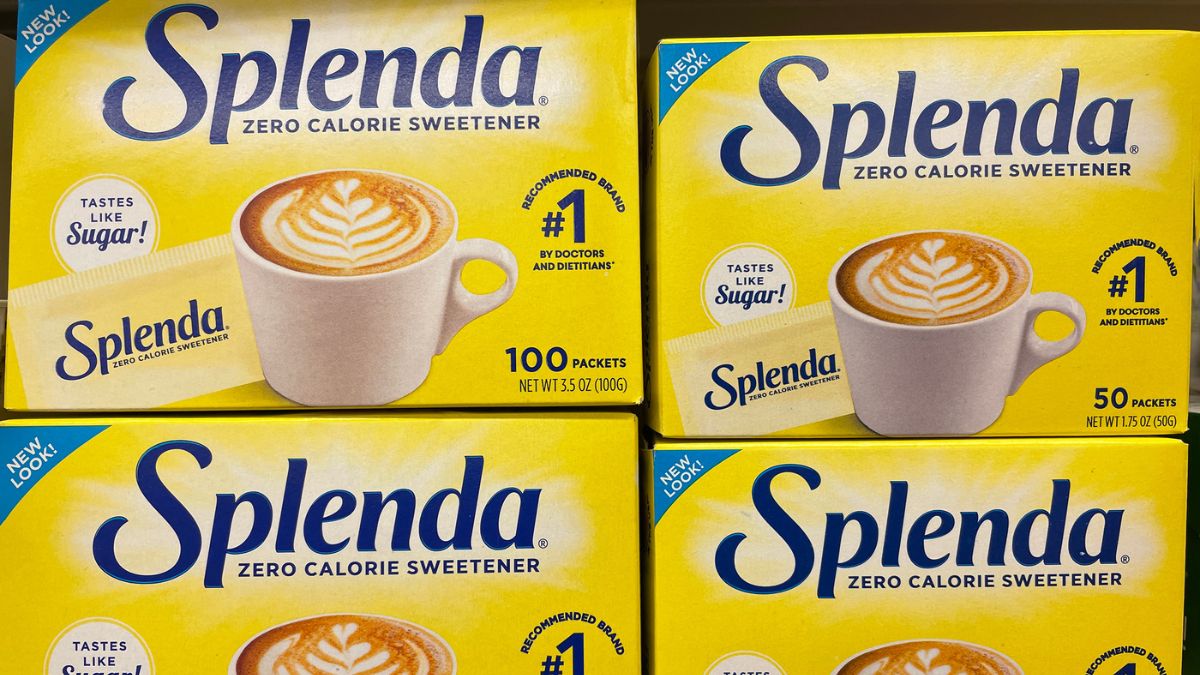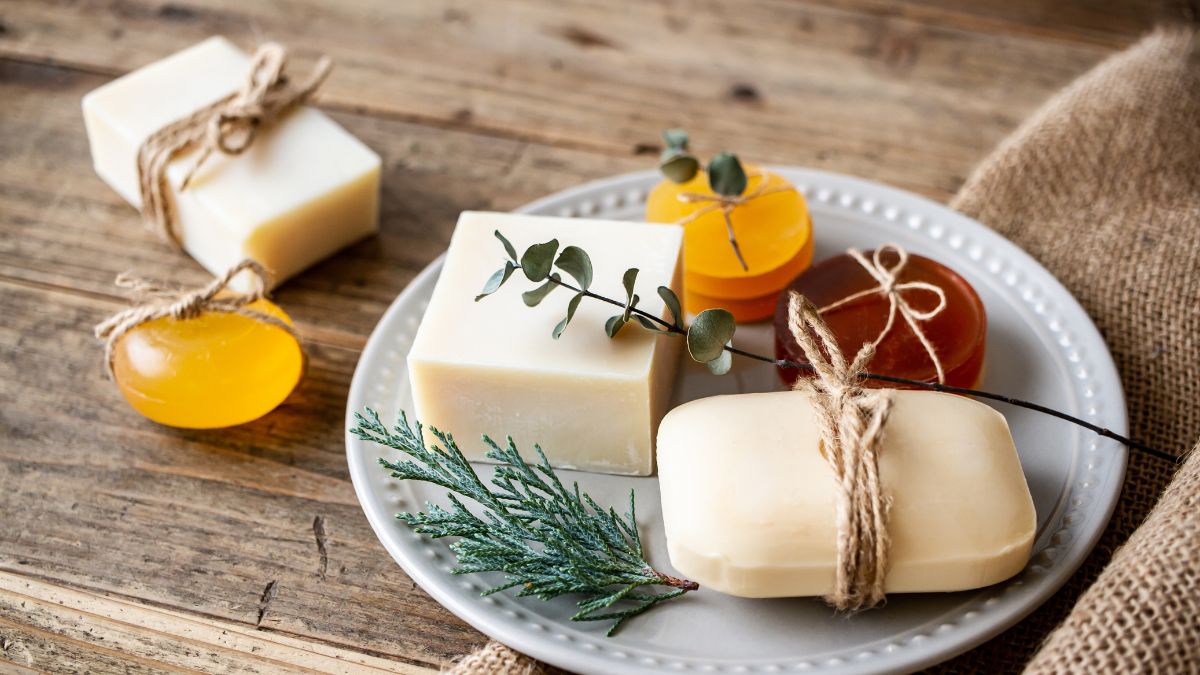Answer: Yes.

Is Wheat Flour Vegan?
A bag of wheat flour is sitting in the pantry, and I am about to reach for it to make pancakes. I bought this from the grocery because it said wheat, which is plant-based. But with the additives and ingredients, am I sure this flour is vegan?
The vegan food wheat flour comes from ground wheat grain. Wheat comes from Triticum, a type of grass grown worldwide. Flour is mostly starch, the main carbohydrate in the plant kingdom.
Wheat flour should always be available in your cupboard and ready to use for your baking needs and your cooking recipes. You will realize that many kinds of wheat flour are used for baked products that give you the right texture and consistency. By buying wheat flour, you are doing a big favor healthwise by adding fiber and vitamins to your diet.
What Is Wheat Flour?
Wheat flour is a powdery substance made from grinding wheat grain. Wheat flour contains 2-3% of cell-wall material in the grain’s endosperm of white flour. Brown flour has a vitamin-rich germ and fiber-rich bran.
All three parts of the wheat, endosperm, germ, and bran, are separated and ground into powder form. The white flour is either bleached or mixed with oxidizing chemicals. The brown flour incorporates into the white flour, and the finished product is wheat flour.
The wheat grain has different characteristics and is classified by:
- The collection of harvest when wheat is milled in the spring or winter season.
- The color of the flour after milling has two different shades, a bronze shade for hard wheat and light gold for soft wheat.
- The amount of gluten in wheat flour determines whether it is soft or hard wheat flour.
Wheat flour is unique among other cereal grains. It goes through a chemical reaction when mixed with water. Gluten is composed of the properties of proteins, namely gliadin and glutenin, that form an elastic network. It can hold gas and develop a sponge-like structure during baking.
Types of Wheat Flour
If you’re not familiar with baking, you might be surprised by the variety of wheat flours available at the grocery store. Each type of wheat flour can impact the texture and consistency of your baked goods in unique ways. While all-purpose wheat flour is a common choice, understanding these differences can help you select the perfect flour for your recipe. Plus, if you’re wondering, wheat flour is naturally vegan, making it a versatile ingredient for plant-based cooking in 2025 and beyond.
Whole Wheat Flour
Whole wheat flour comes in two varieties, 100% whole wheat flour and white whole wheat flour. 100% whole wheat flour is taken from hulled red wheat grain and has more fiber for a heavier-textured bread with a shorter shelf life. White whole wheat flour comes from hulled white spring wheat with a milder texture and lighter color.
All-Purpose Flour
When you buy all-purpose flour, you think this is universal for all baked items. It has a 12% medium gluten content and a balanced composition compared to the others. You can use this for baking cookies, crusty bread, cakes, and pastries.
Self-Rising Flour
Self-rising flour is a mixture of all-purpose flour with baking powder and salt added to the flour mixture. It is marketed for convenience, but once stored in the pantry, the baking flour loses its ability as a rising agent.
Bread Flour
Bread flour is a hard flour with 13-14% gluten content. You will notice its coarseness and its off-white color. It has an elastic toughness that holds its shape with baking. This flour is ideal for crusty bread, pizza, doughs, rolls, and other products.
Cake Flour
Cake flour Is a soft flour with 7.5-9% gluten content. It has a finer grain and is whiter, perfect for cakes and pastries.
Pastry Flour
Pastry flour is stronger than cake flour, with 9-10% gluten content. It has an off-white color and is good for pie dough, muffins, cookies, and biscuits.
Wheat Flour Used in Vegan Recipes
Wheat flour is versatile and can mix with any vegan recipe, just like refined flour. Some choose to use wheat flour for fiber content and protein nutrition. But its functions and uses are the same as flour.
Cooking
Wheat flour is used for different recipes when you cook your meals. Wheat flour has a light nutty flavor, but you would hardly notice it when you cook. It is a versatile ingredient that has many uses.
- Coat your vegetables with wheat flour for a crispy fried texture.
- Add wheat flour to gravies, sauces, and broths to thicken the mixture and make it less watery.
- Cook your breakfast pancakes or waffles with fiber-rich wheat flour.
- Make your homemade wheat flour pasta and enjoy the difference between freshly made pasta from commercially sold pasta out of the box.
Baking
Wheat flour is one of the highly used ingredients for baking vegan goods. You cannot pull off baked items without wheat flour unless it is a flourless, vegan chocolate cake. This ingredient is what gives your baked products their structure and body.
If you intend to bake your bread, pies, and cakes, you should use the specific flour to get as close to the store-bought items as possible.
- Wheat pieces of bread like sourdough, french bread, crusty bread, pizza, doughs, and rolls will likely use coarse but elastic wheat flour.
- Pie doughs, muffins, cookies, and biscuits will use medium-texture pastry wheat flour.
- Cakes and Pastries will get their fluffy and light texture from Cake wheat flour.
Is Wheat Flour Healthy?
Yes, wheat flour is healthier than refined white flour and healthy addition to your vegan diet. It has the vitamin-enriched germ of the grain, a good source of antioxidants, fiber, vitamins, and minerals. Wheat flour has vegan-approved additives like Riboflavin, Folic Acid, Iron, Niacin, and Thiamine Mononitrate.
Fiber Content
The bran of the wheat grain is fiber-rich and helps scrub the digestive system of toxins. Wheat flour will give you a healthier dose of fiber than refined flour. The result is healthier digestion and cleaner internal organs.
- Wheat flour helps in weight loss as the wheat takes longer to digest and gives the person a sense of fullness, stretching the next meal intake a little longer.
- Wheat flour lower blood cholesterol because it scrubs out the toxins in your digestive system.
- Wheat Flour prevents constipation because its rich fiber allows smooth bowel movements.
- Wheat flour helps in digestion because of the feeling of fullness. There is more time to digest the food.
- Wheat flour improves your gut health and prevents hyperacidity because it takes longer to digest, and gastric acids do not flare up the tummy.
Blood Sugar Maintenance
Wheat flour is recommended for those with diabetes because of its lower glycemic index of about 70, compared to refined or white flour, with a higher glycemic index of 75. The higher the glycemic index, the faster the sugar absorbs into the body, increasing blood glucose levels.
Gluten Allergy
Gluten is the protein that gives wheat the ability to put structure on a baked item. It develops and becomes more elastic when it is kneaded before baking. Some people have celiac disease, gluten intolerance, or sensitivity and avoid using wheat flour. They substitute it with oat flour, quinoa flour, cornmeal, etc.
The gluten content is low if the wheat variety is soft or weak. But there is high gluten content if it is hard or strong flour. Hard flour or bread flour has 12-14% gluten and should not be eaten by people with allergies.
How to Store Wheat Flour?
Packed wheat flour is sold in a sealed paper-based thick bag. As soon as you get home, transfer the powdery flour into an airtight, hard plastic or glass. You should keep the flour in a dry and cool place, like your pantry or refrigerator, for one to three months.
If you plan to store your wheat flour in the freezer, you can use a freezer bag to prevent moisture from seeping in and ruining the flour. Freezing preserves the flour from becoming rancid and lengthens the life span from two to six months.
Safe From Weevils
You see the presence of weevils and flour bugs in regular white flour when you open the pack. They lay their eggs while flour is milled and shipped out in packed flour bags. For some odd reason, weevils and flour bugs dislike wheat flour and hardly ever lay their eggs in this variety.
Buying wheat flour is reason enough for you to choose this over refined white flour. It assures you that your pantry is safe from any infestation brought about by flour weevils or bugs.
Endnotes
Wheat flour should be a staple product in your home as it’s proven useful for cooking and baking. It is a healthy fiber source that removes toxins and ensures a cleaner digestive system. It provides the fats, vitamins, and minerals needed for your vegan diet.




